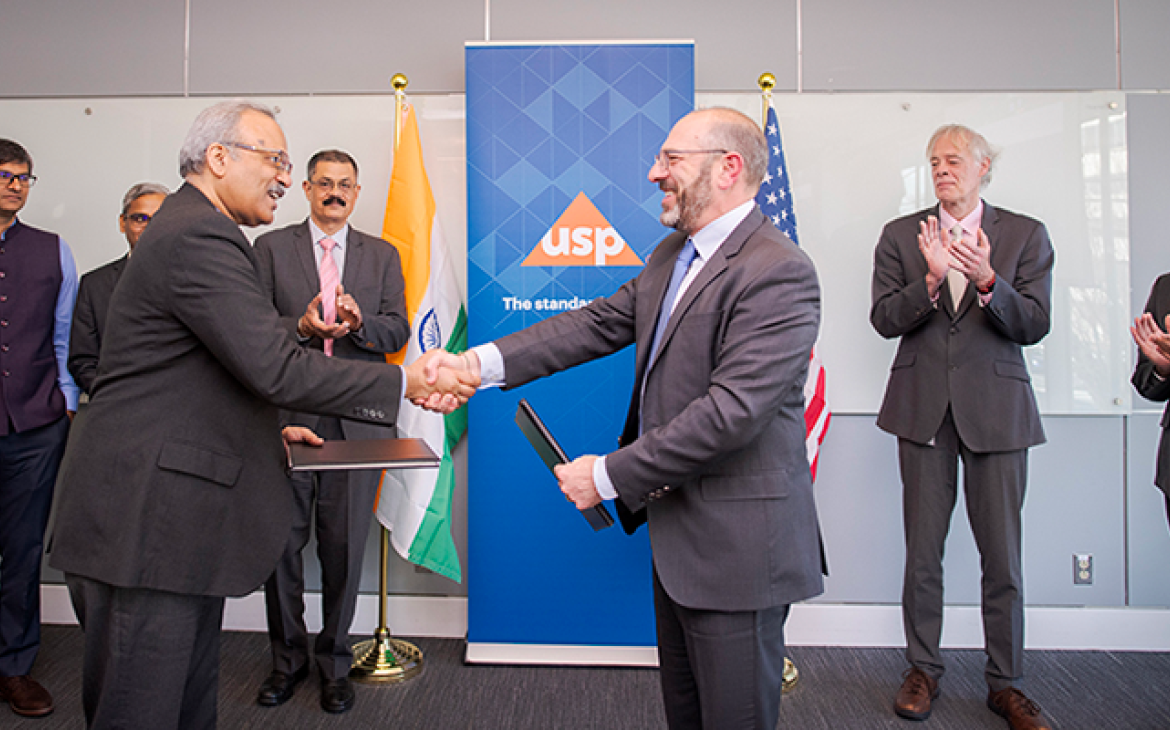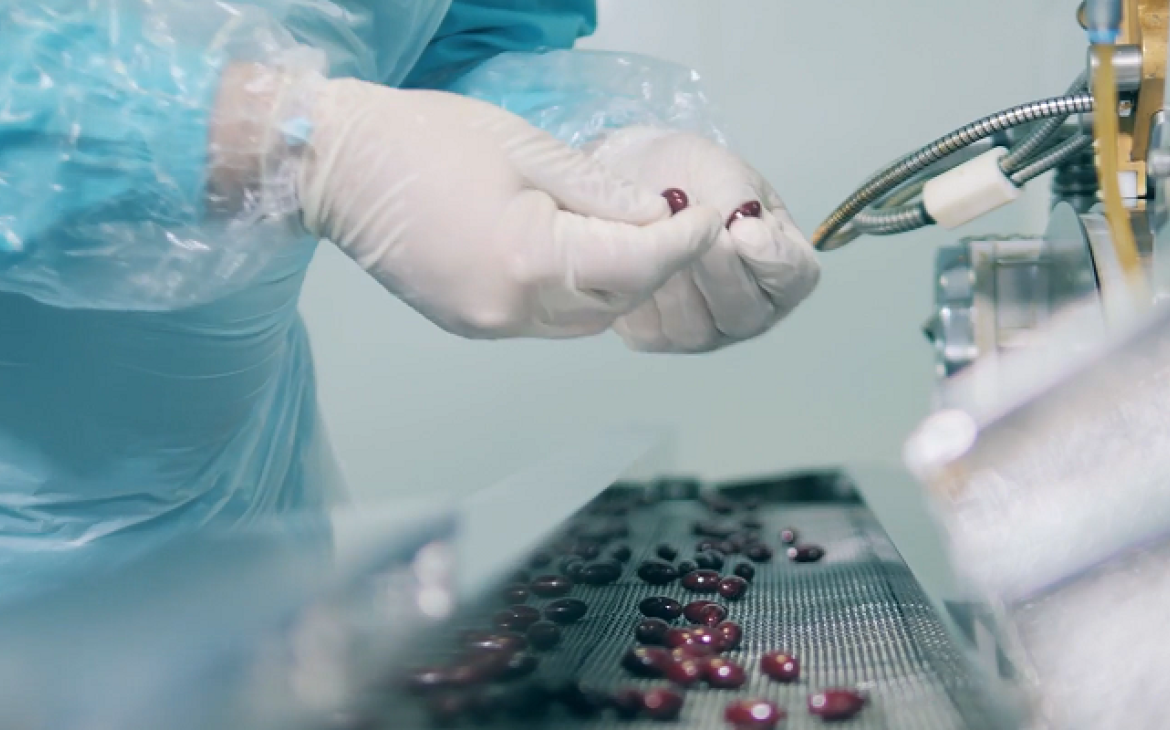
There are many pharmacopeias in the world, all sharing the common goal of developing public standards for pharmaceutical products, wherever they have been adapted in law.
However, the need to have compendial specifications representative of the materials in global commerce is critical for our stakeholders. The goal of pharmacopeial harmonization is to achieve uniform public standards among the various pharmacopeias, which are truly representative of the global supply chain.
The Value of Harmonization
One avenue to address this issue lies in the work of the Pharmacopeial Discussion Group (PDG), which was formed in 1989 with representatives from the European Pharmacopeia (Phr. Eur), the Japanese Pharmacopeia (JP) and the United States Pharmacopeia (USP).
The purpose of the PDG is to harmonize pharmacopeial standards (excipient monographs and selected general chapters) in the US, Europe, and Japan, striving to maintain a consistent level of science across the three pharmacopeias with the shared goal of protecting public health.
To get a better understanding of the PDG’s on-going harmonization efforts from the Japanese Pharmacopeia’s perspective, we spoke to Issei Takayama, who works as a Technical Officer at the Pharmaceuticals and Medical Devices Agency (PMDA, which includes JP) during a recent visit to USP headquarters in Rockville, Maryland.
What is Harmonization?
The PDG has defined harmonization as follows:
“A pharmacopeial general chapter or other pharmacopeial document is harmonized when a pharmaceutical substance or product tested by the document's harmonized procedure as published in the EP, JP and USP yields the same results and the same accept/reject decision is reached.”
What are the potential benefits of harmonization?
1. Increased efficiency:
- The pharmaceutical industry is better able to serve multiple markets with the same processes and plants;
- There is elimination of redundant testing; and
- There is multi-compendial compliance.
2. Drug supply becomes more global with Internet pharmacies and open orders.
3. It can help strengthen individual pharmacopeias.
What kind of work do you do?
I serve as the Secretariat for the Japanese Pharmacopeia’s Expert Committees, where I am in charge of the pharmacopeia’s harmonization activities.
As you know from the Pharmacopeial Discussion Group (PDG), one of our major activities is to harmonize pharamcopeial standards across the U.S. Pharmacopeia (USP), the European Pharmacopeia (Phr. Eur) and the Japanese Pharmacopeia (JP). I am the contact person for these activities – I attend the meetings and teleconferences (meetings are held twice a year, rotating among the three host sites). I manage email exchanges, and all information going to and from the other two pharmacopeias and the Japanese Pharmacopeia.
Describe the relationship between your agency (PMDA) and USP.
JP has a long history with USP through the PDG – altogether, 25 years of collaboration. There are also other bilateral activities between USP and PMDA.
Since 2010 our organization has had three liaison officers stationed at USP, to facilitate information exchange and collaborative projects. Unfortunately PMDA had to withdraw the liaison last year due to human resource challenges, but PMDA continues to discuss opportunities for the next liaison officer. Hopefully after March 2015, PMDA will have that in place.
Focusing on my personal experiences, this is my third time here at USP, Rockville campus. Twice before, I have attended the PDG meetings, and now I’m here attending the International Training Program (ITP).
What is the main problem your agency faces in terms of quality medicines?
One of the biggest challenges is harmonization.
In contrast to the U.S. Pharmacopeia, which has been widely utilized in the global market, JP is Japan’s national pharmacopeia, which means JP only works directly with our local manufacturers.
The challenge is that the pharmaceutical industry is growing globally and many Active Pharmaceutical Ingredients (APIs) are now available from other countries. Yet JP is not fully aligned to take advantage of these global opportunities. So JP needs to harmonize with USP, Phr. Eur, and other Pharmacopeias since many foreign industries comply with their standards.
As a national pharmacopeia, JP is limited in terms of standards and capacity. For example, USP has already set over three thousand reference standards but JP only has four hundred.
In the case of reference standards for APIs, JP can easily obtain compliance materials from our local industry because they are widely used in manufacturing. But for impurity standards, it’s very hard to obtain reference materials because these are very limited resources. In almost all cases, JP might obtain such impurity materials from the custom synthesis industry or other pharmacopeias (e.g. the US Pharmacopeia or the European Pharmacopeia). So through harmonization, JP can develop our capacity for setting impurity standards.
As a next step, JP is now working on collaborating with only documented standards, but for the future JP may need to collaborate with reference standards and established processes too.
How does a continued collaboration with USP impact the future of harmonization?
The most important thing is to know each other. Sometimes there are conflicts with harmonization activities, but knowing USP’s background, and your processes for establishing standards is very helpful for the discussion on the harmonization process.
In the ITP, I have learned that USP has set up some capacity for developing impurity standard in your site in India having the ability to synthesize such suitable chemical substances. So JP is willing to collaborate with USP and share the resources and the knowledge in the USP impurity standards setting activities in near future.
To learn more about Pharmacopeial Harmonization and the ongoing work of the PDG, please visit http://www.usp.org/usp-nf/harmonization.


